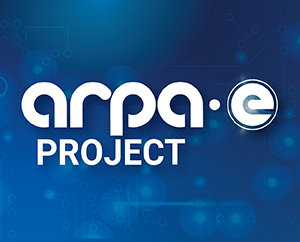Learning Optimal Aerodynamic Designs

Technology Description:
The University of Texas at Austin proposes to create efficient, accurate, and scalable deep neural network (DNN) representations of design optimization problem solutions. The inputs to these DNN representations will be the vector of design requirement parameters, the outputs will be the optimal design variables, and the goal is to learn the map from inputs to outputs (i.e., inverse design). The team will focus on the problem of the optimal shape design of aerodynamic lifting surfaces—in particular aircraft wings—using Reynolds-Average Navier Stokes models for minimal drag and energy savings. The inverse design map for such problems is very complex and high-dimensional, involving inputs and outputs on the order of 1000s. Instead, the team will use the inverse design map to construct parsimonious DNN architectures trained with multifidelity methods. The resulting methodology will accurately and automatically design optimal and energy-efficient aerodynamic lifting surfaces at interactive speeds.
Potential Impact:
DIFFERENTIATE aims to enhance the productivity of energy engineers in helping them to develop next-generation energy technologies. If successful, DIFFERENTIATE will yield the following benefits in ARPA-E mission areas:
Security:
Seek U.S. technological competitive advantage by leading the development of machine-learning enhanced engineering design tools.
Environment:
Use these tools to solve our most challenging energy and environmental problems by facilitating an economically-attractive transition to lower carbon-footprint energy sources and systems.
Economy:
Reap the economic productivity benefits associated with the commercial adoption of the resulting higher-value energy technologies and associated products.
Contact
ARPA-E Program Director:
Dr. David Tew
Project Contact:
Dr. Omar Ghattas
Press and General Inquiries Email:
ARPA-E-Comms@hq.doe.gov
Project Contact Email:
omar@ices.utexas.edu
Related Projects
Release Date:
04/05/2019
